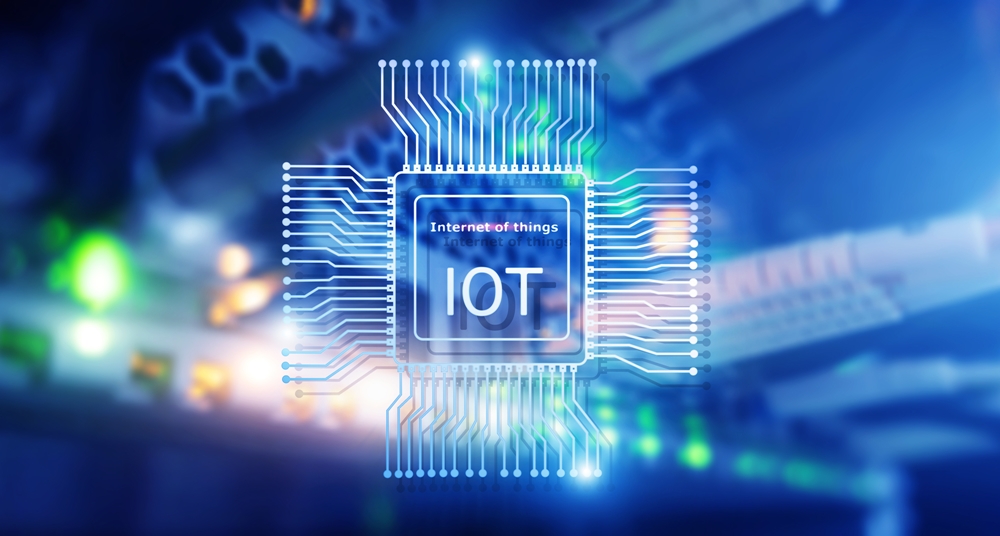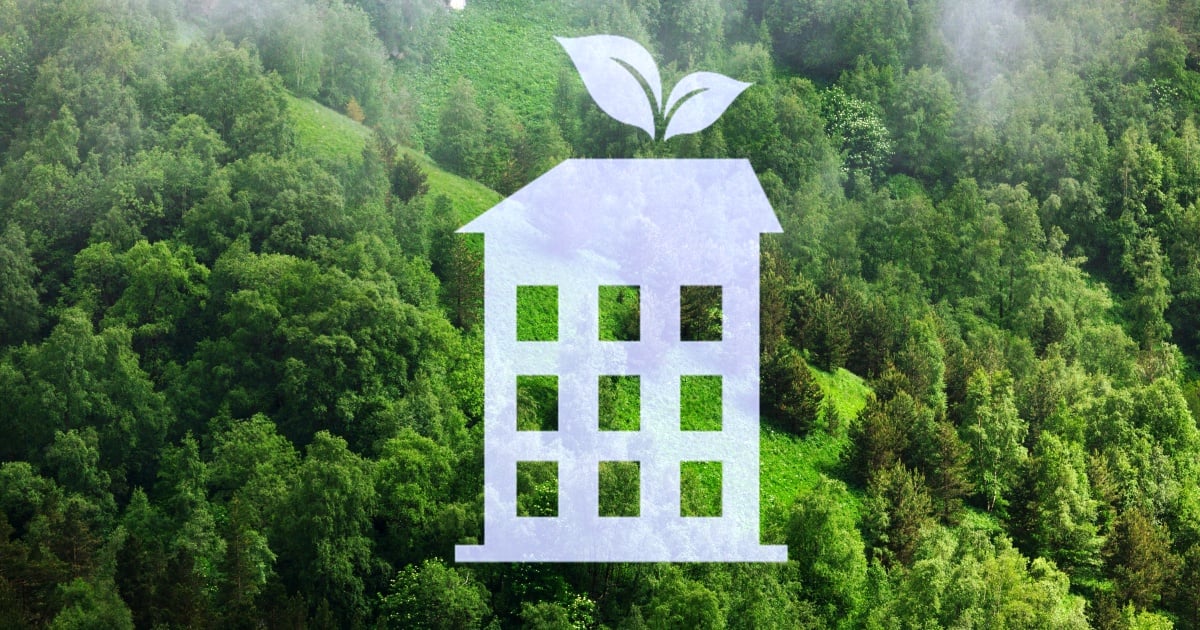
The Internet of Things (IoT) has seen undeniable market growth in recent years. Technological advancement, the proliferation of IoT-connected devices, emerging applications, and multiplication of proprietary platforms, alongside the attention garnered by aspects such as Artificial Intelligence (AI), security and home automation, means IoT looks poised for great success and continued growth in the future.
Despite this, the full potential of the IoT is not yet being realized – and it won’t ever be realized, without robust, cohesive standardization.
Dealing with a dynamic ecosystem
The IoT ecosystem is very dynamic and with each new company and solution that comes to market, major issues such as fragmentation and integration costs become greater stumbling blocks. It becomes too costly and time-consuming for a business – even the likes of large, financially-secure Internet providers and industrial IoT solutions providers – to secure multiple solutions from different vendors. If you consider the diversity involved and the vast array of protocols, architecture, characteristics and devices at play, all optimized for different operations and all trying to connect and communicate with one another, it is no surprise that navigating this complexity often means product development is stopped in its tracks.
Without overcoming these challenges, they will maintain a choke-hold on the market, slowing it until it eventually stagnates. It is these factors which have already contributed to the failure of several innovative proprietary solutions launched in recent times, including, for example, discontinued IoT solutions designed to capture athletes’ data from clothes and shoes and discontinued IoT Home Automation Services.
It is at this point that we can recognize the true value of a standard. When we see the limitations of the system as it is and how it impedes innovation and growth, and then contemplate what that means for the market long-term.
A common goal
Working collaboratively, we can begin to unlock the true promise of IoT and develop technical specifications which meet the need for a common Machine-to-Machine (M2M) Service Layer. This can then be embedded within various hardware and software to connect the multitude of devices in the field with M2M application servers worldwide. A standardized approach can provide a huge opportunity for businesses to exploit the IoT market profitably, with solutions that are replicable and by leveraging economies of scale for devices.
This type of standardization provides the necessary framework to help IoT applications to connect, manage, analyse and exchange sensor data. It also provides the strong foundations for semantic interoperability - a common understanding or agreement about context and terminologies which ensure correct interpretation of information or instructions by machines.
This highlights that now, more than ever, standards are critical to the success of the IoT ecosystem. If city authorities are to reap the benefit of large-scale, cost-effective smart city deployments, they must adopt a horizontal approach when it comes to selecting their IoT platforms.
About the author: Enrico Scarrone is one of the founders of oneM2M, global standards body for the Internet of Things, Scarrone is Chair of the Steering Committee and at a technical level, focuses on interworking and data access control topics. His telecommunications career began with Telecom Italia in the early 1990s, covering research, standardization and international consulting for network innovation and transformation, before beginning work on IoT standardization in 2008 within ETSI M2M.
Edited by
Ken Briodagh





